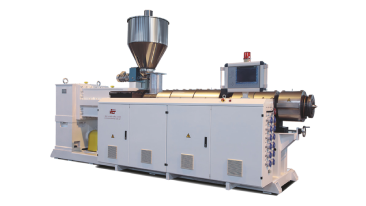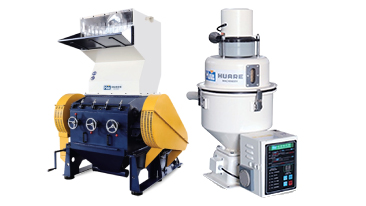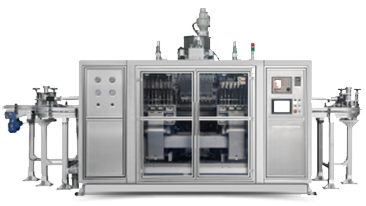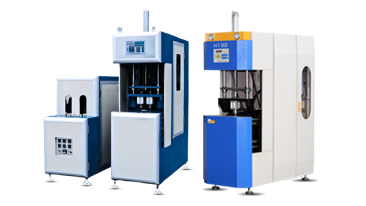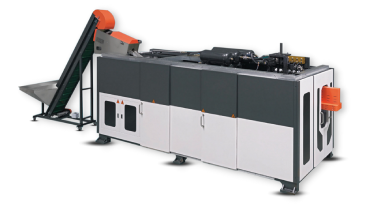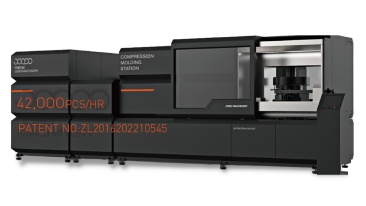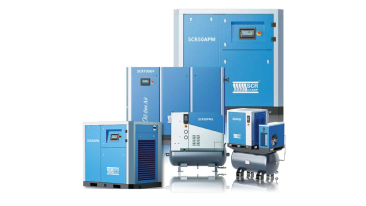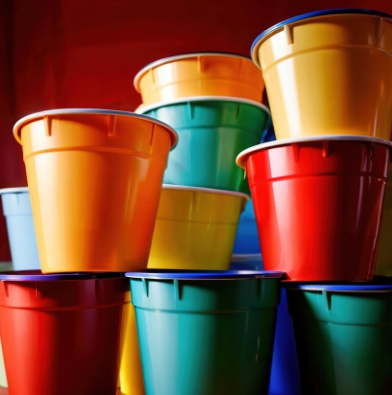Introduction
Are you considering entering the paint bucket manufacturing business? This comprehensive guide will navigate you through the nuances of this industry, covering everything from the intricacies of raw materials to the efficiency of production processes and the potential for significant profits. Let’s embark on a journey into the world of paint bucket manufacturing, where precision, innovation, and Eco-conscious choices can pave the way for success.
Understanding the Raw Materials
In the realm of paint bucket manufacturing, the choice of raw materials holds the key to cost management. The primary material, Polypropylene (PP), comes for 294 PKR, forming the foundation of the buckets with its durability and quality. Additionally, we’ll explore the Eco-friendly option of using recycled material considering. The cost implications and the environmental benefits associated with this choice.
Exploring Cost Variations
- Pure PP Material: Exclusively using pure PP material incurs a base cost of 294 PKR.
- Recycled Material: Opting for recycled material introduces cost variations. That requires careful consideration.
Production Process and Machinery
Injection Molding Machinery
- Single Cavity for Bucket and Lid: The production process involves three injection molding machines. One caters to the 16-liter bucket. The second is for the lid and the third is for the handle.
- Handle Cavities: Depending on preference, the handle can be produced in 12 or 4 cavities, providing flexibility in production scale.
Cycle Times and Output
- Bucket Production: High-speed injection machines facilitate a rapid cycle time of 18-20 seconds for buckets.
- Lid Production: The lid, requiring meticulous design, has a cycle time of 28-30 seconds.
- In-Mold Labeling Machine: Integration of this technology allows the production of 3000 paint buckets with ease.
Cost Analysis and Profit Margins
Understanding the intricacies of costs, including labor, electricity, and factory overheads, is crucial for determining the selling price. The market dictates cash and credit rates, with cash rates at 440 and credit rates at 470. Successful implementation of this business model can yield substantial profits. Especially in Pakistan and GCC countries.
The Role of HiTech Machinery
Investing in HiTech Machinery offers a competitive edge. Suppliers not only provide machinery. But also complete turnkey solutions, including installation, testing, commissioning, training, and after-sales support.
Conclusion
Embarking on a paint bucket manufacturing business entails careful consideration of costs, material choices, and machinery. By aligning with market dynamics and leveraging hi-tech machinery, entrepreneurs can carve a profitable niche in this industry. With a focus on customer satisfaction and efficient production, success is not just a possibility.
FAQs (Frequently Asked Questions)
Q: What is the primary material used in paint bucket manufacturing?
A: The primary material is Polypropylene (PP), with a cost of 294 PKR.
Q: Can recycled materials be used, and how does it affect costs?
A: Yes, recycled materials can be used introducing variations in production costs.
Q: How many injection molding machines are required?
A: Three machines are needed. One for the 16-liter bucket, one for the lid, and one for the handle.
Q: What is the cycle time for bucket production?
A: With hi-tech injection machines, the cycle time for bucket production is 18-20 seconds.
Q: What sets the cash and credit rates in the market?
A: Cash rates are 440, and credit rates are 470, dictated by market dynamics.
Q: What services are offered with hi-tech machinery?
A: Suppliers provide a complete turnkey project, covering installation, testing, commissioning, training, and after-sales services.

